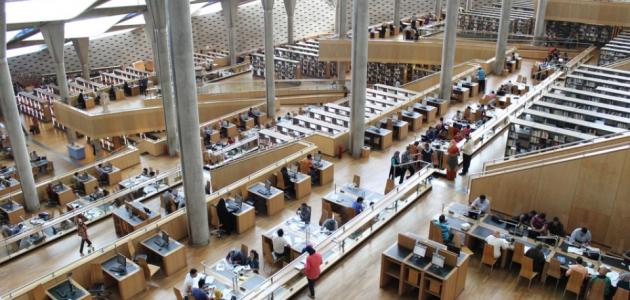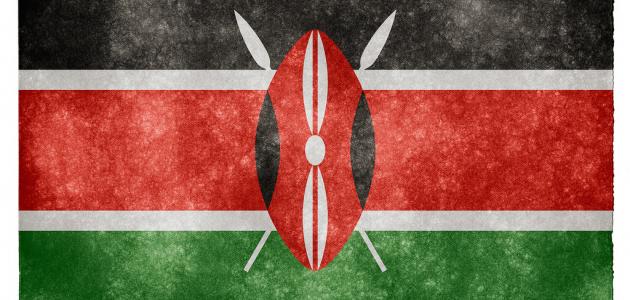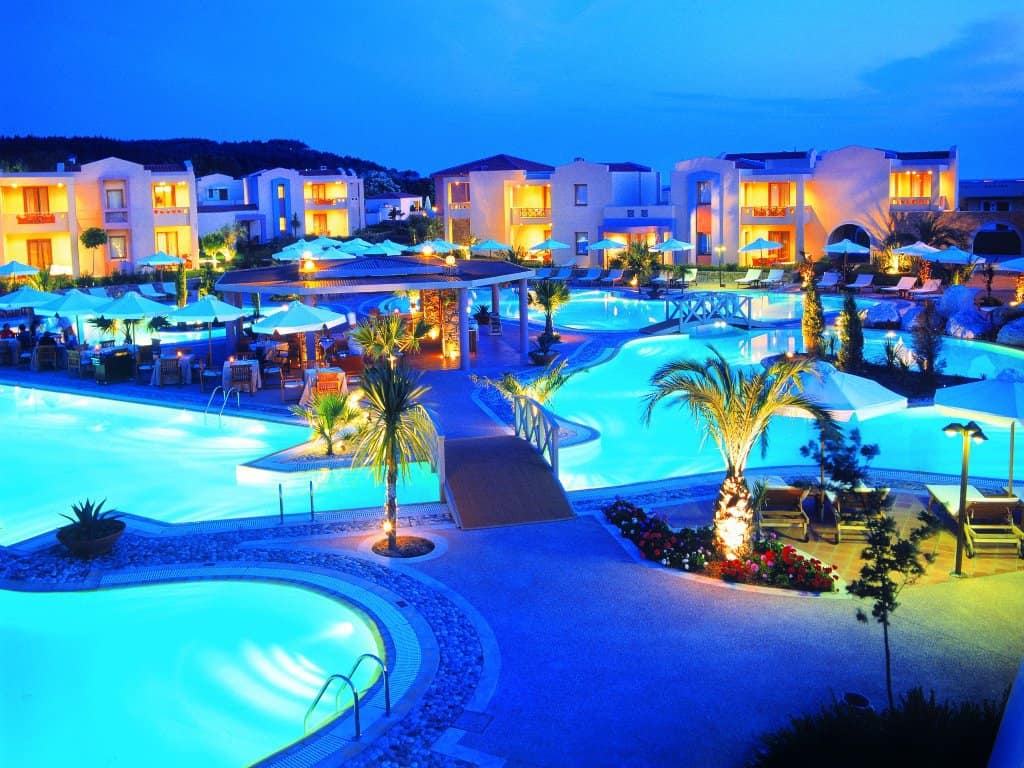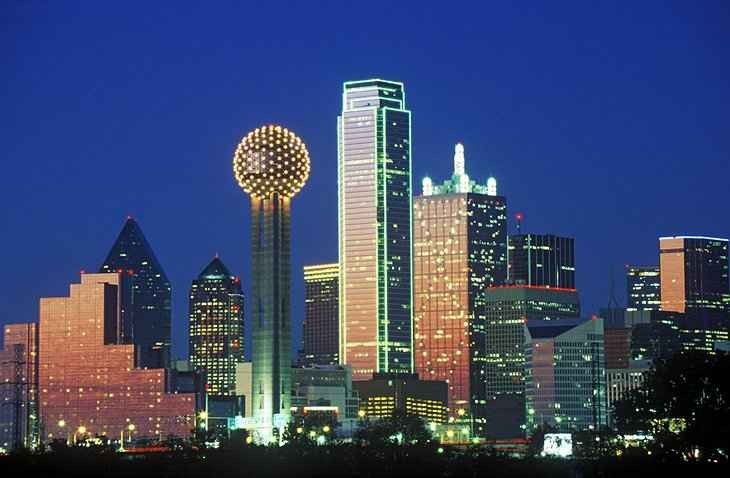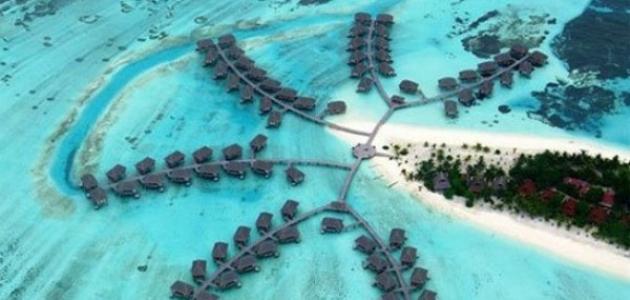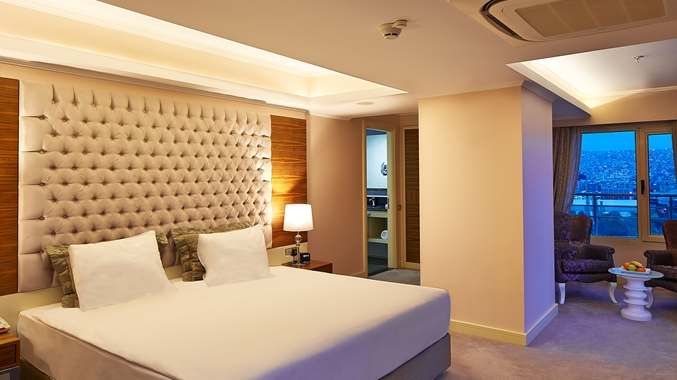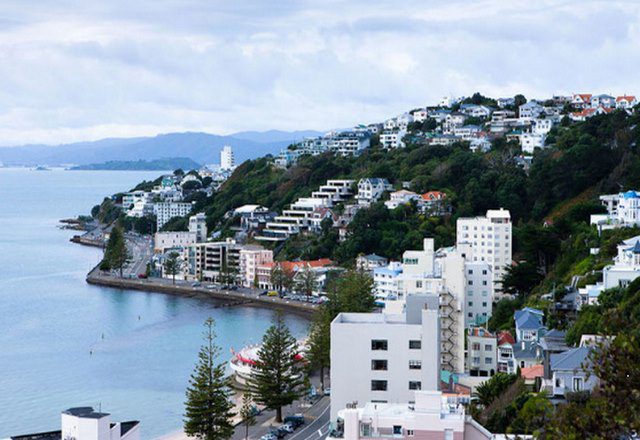Table of Contents
Lebanon
Lebanon is an Arab country located in the Middle East, and in the west of the continent of Asia, overlooking the Mediterranean Sea to the west, bordered to the north and east by Syria, and to the south by occupied Palestine, with an area of approximately 10.452 km2, and a population of about 5,851,000 people according to a year census 2015, its capital, Beirut, and its official currency, the Lebanese pound. Lebanon is considered a democratic country with multiple sects and civilizations, and is characterized by its mild climate, hot in summer and cold in winter.
What is Lebanon famous for?
The educational system
Lebanon is famous for its ancient educational system, as it allows the establishment of educational institutions from different cultures. It also encourages education in different languages, such as French and English, in addition to the Arabic language. It also had a great role in enriching Arab and international cultures in the fields of art, science and literature, and in what comes most prominent of Known in every field:
- Music field: Lebanese music is distinguished by its oriental tone, and its folkloric melody is mixed with Arab or Western music. Tawfiq Al-Basha, his son Abdul Rahman, Ihsan Al-Mundhir, Salim Hijab and the Rahbani brothers are among the most famous Lebanese musicians.
- Singing field: Wadih Al-Safi, Sabah, Fayrouz, Marcel Khalife and Melhem Barakat.
- Literature field: Gibran Khalil Gibran, Amin Maalouf, and George Shehadeh who wrote in foreign languages.
- Art and drawing field: Mustafa Farrukh, Wajih Nahle, and Paul Geragossian.
Athletic and artistic field
Lebanon is famous for its summer and winter sporting activities, due to its geographical location overlooking the Mediterranean Sea. It is also famous for its festivals; the most famous of them are: Beiteddine Festival, Baalbek, Al Bustan, Byblos, and Beirut Nights.
Historical field
- Baalbek: Located north of the Bekaa Valley, it is a historical city that dates back to the Romen Empire, and includes many Romen temples and columns built by the Romens, as well as there are many Islamic monuments dating back to the Umayyad period, and many buildings dating back to the Ottoman era.
- Jeita Grotto: It is located in Wadi Nahr al-Kalb, which is a cave that contains many cavities and narrow reefs, and many structures that were formed by natural factors, and the leakage of limestone water to the cave, and the cave consists of two caves; the upper cave discovered in 1958 AD, and the lower cave discovered in the thirties From the nineteenth century.
- National Museum of Beirut: It is the official museum in Lebanon, established in 1942 AD, and includes more than 1300 artifacts, and about 100,000 pieces dating back to the Romen, Islamic, Greek, Mamluk, prehistoric, iron and bronze ages.
- Cedar Forest: It is a forest full of Lebanese cedar trees belonging to the family of coniferous trees. Cedar trees are the official symbol of Lebanon and its flag emblem, and they are distinguished as perennials living for more than 3000 years, and in 1998 AD they were included in the list of World Heritage sites, and in our time they have become a natural reserve.
- Beiteddine Palace or Prince Bashir Palace: It is located in the Shouf region in Mount Lebanon, and its establishment dates back to the end of the seventeenth century when Prince Bashir II moved his authority headquarters from Deir El Qamar to Beiteddine.
- Martyrs’ Square: It is located in the center of Beirut.
- Hamra Street: It is located in the capital Beirut, and it is considered the most vital area in it because it contains the most famous shopping centers, cafes, and international hotels.

